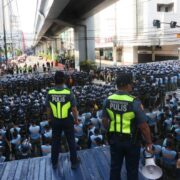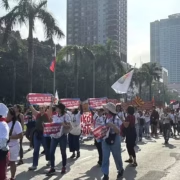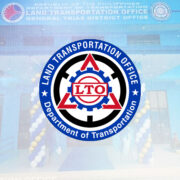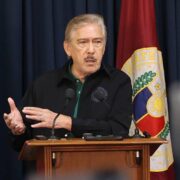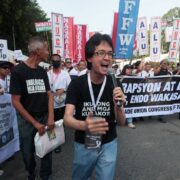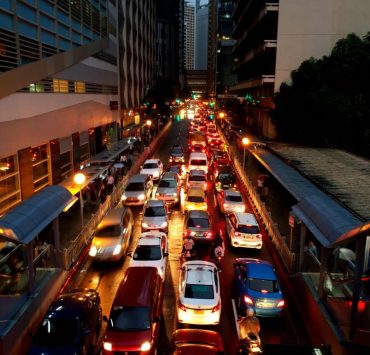The perennial challenge of infrastructure in PH
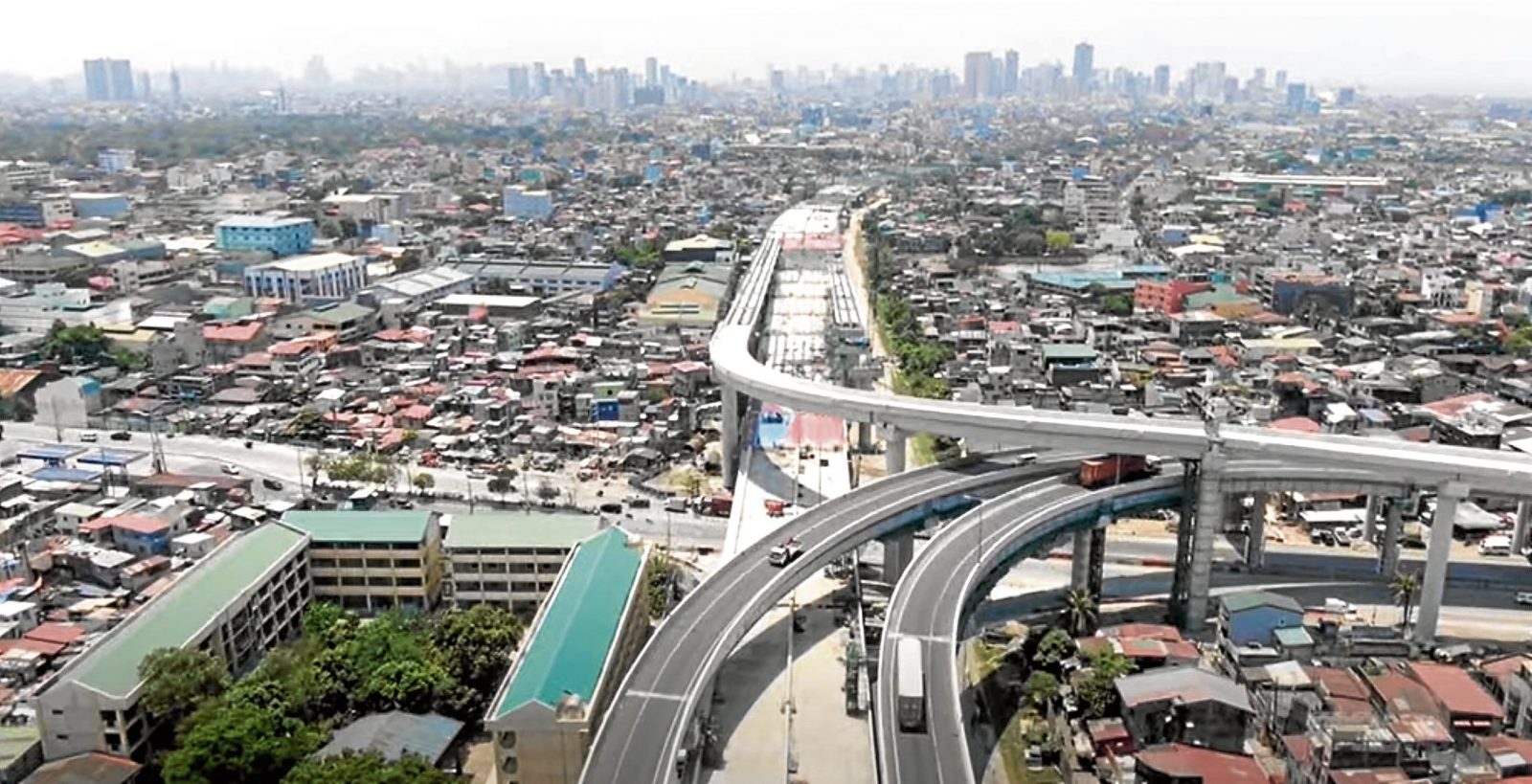
The problem of poor infrastructure in the Philippines has been persistent. The Philippines is considered as having the worst overall infrastructure among ASEAN-5 countries since 2010 (World Economic Forum Competitiveness Rankings).
The implications of poor infrastructure go beyond suffering through traffic congestion. It affects quality of lives (employees have to devote around 4-6 hours each day to travel to and from work, and spend less time with their families), logistics are constrained, and vehicle pollution increases. On a macro level, insufficient infrastructure has been identified by a World Bank report as a major constraint to economic growth and poverty reduction in the Philippines (Philippines: Meeting the Infrastructure Challenges, 2005).
Infrastructure development finally received much needed attention when the government embarked on an aggressive “Build Build Build” program in 2016 under then President Rodrigo Duterte. Since then, there has been a sustained increase in infrastructure spending as a percentage of GDP. The current Marcos administration increased its infrastructure spending by over 40 percent (to P111 Billion) in the 3rd Quarter of 2023, largely to fund road projects (based on the Department of Budget & Management National Government Disbursement Performance Report).
The natural expectation with increases in spending is a corresponding improvement in infrastructure. Recently however, the Philippines fell four slots to 52nd place in global competitiveness (in the 2023 World Competitiveness Yearbook by the International Institute for Management Development) where the country fell further to 58th out of 64 countries in its infrastructure factor. The WCY described infrastructure as a “perennial challenge” for the Philippines.
This leads us to wonder—is the increased public spending effective in improving infrastructure in the Philippines? Why can’t we, ordinary citizens, not feel the increased public spending translate to better mobility in the country?
For purposes of this article, I will limit the discussion to road infrastructure. I also qualify the questions with “public spending” to distinguish from infrastructure improvements (such as the Skyway, CALAX, TPLEX) that we enjoy today which are the outcome of Public Private Partnership projects or projects primarily funded by private sector investments.
The private sector has played an important role in improving infrastructure development in the Philippines, often taking on the most expensive and most strategic projects. For instance, the completion of SMC Infrastructure’s Skyway Stage 3 reduced travel time from Metro Manila to North Luzon areas like Pampanga from around 3-4 hours to 1.5 hours. This year, the two largest toll road companies SMC Infra and Metro Pacific Tollways Corporation signed an agreement to collaborate on building an 87-kilometer Cavite-Batangas and Nasugbu-Bauan Expressway.
Despite the completion of significant PPP infra projects, I (and the many people living in Metro Manila and other congested areas like Cebu) still experience worsening traffic conditions. This, and the deteriorating worldwide ranking of the Philippines in infrastructure, led to some realizations. First, the apparent lack of direct correlation in public spending with overall improvement in the Philippines’ infrastructure condition may require a reassessment of how the government allocates its budget and a determination of what initiatives are necessary, but lacking, to improve infrastructure development. Second, the significant role (and success) of the private sector in contributing to infrastructure development could inspire a structural evolution in the way public projects are undertaken.
If we look closely at the General Appropriations Act (GAA or government budget) that has been passed annually over the last few years, increases in the total infrastructure budget of the Department of Public Works & Highways are mostly driven by increased allocations for districts. There are several potential issues with this. While there are processes in place to determine projects to be funded in the GAA (which should, theoretically, take into consideration its strategic impact to the area and overall Philippine development), the political realities in the Philippines often result in fund allocations being used as pork barrel, or to serve the interests of those in control. Political considerations can lead to inefficient allocation of funds to local projects that don’t have a significant impact or, worse, to projects that are not properly implemented (substandard, delayed, ghost, etc). In recent years, strategic large-scale impacts often come from PPP infra projects. Improvements in country-wide infrastructure can be made by refining the process of determining and filtering strategic infrastructure projects and limiting the spending to such projects. Funding allocation can also go to improve factors that impact the timely implementation of infrastructure projects (such as acquisition of right-of-way for affected private lands, the capacities of local governments, efficient and transparent bidding procedures, availability of skilled workers and capable contractors).
The success of the private sector in delivering high-quality PPP infrastructure projects can trigger an examination of what lessons can be learned from having private sector lead project implementation. Would there be a more efficient allocation of funds if the government tempered its public spending on infrastructure and increase reliance on PPP? What can be learned from PPP projects to improve government institutions or processes that are tasked with implementing publicly-funded projects?
Recently, my Inquirer Mobility Editor, Jong Arcano, shared with me his frustration of sitting in traffic for around 3 hours even after he spent a lot of money to pass through expressways that required tolls. We wondered if we will see infrastructure and traffic congestion improve in the Philippines in the near future, and—if the improvements are mostly PPP-driven—if the costs will limit the experience of improvement to only the elite who can afford to shoulder the expense of toll fees.
Tackling the “perennial challenge” of infrastructure in the Philippines entails not just building more roads, but also ensuring that mobility solutions are accessible and inclusive.


